Radiant Heat Barrier
Free Estimates | 24/7 Emergency Services | Warranties
Free Estimates
24/7 Emergency Services
Warranties
Reap the Benefits of a Heat Barrier in Your Attic
For the health and well-being of you, your family, and your home itself, your attic needs three things to serve your needs:
- A radiant heat barrier
- Insulation
- Ventilation
Billy Ellis Roofing’s ThermaDeck provides all three.
Aluminum reflects 97 percent of the radiant heat from the sun. However, the aluminum will get extremely hot. For example, have you ever touched a foil-wrapped baked potato fresh out of the oven? It will burn your hand. Instead, if you pick up the potato with a hot pad (insulation) the potato will not burn the hand. The same holds true for an attic when the radiant barrier is not insulated. The surface temperature of the aluminum will transfer into the attic, lessening the effectiveness of a radiant heat barrier.
Call to schedule service or
request a free satellite measurement and estimate online.
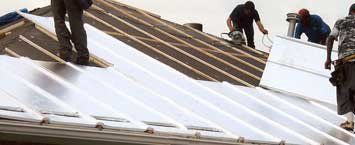
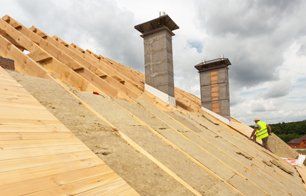
Attic Insulation
When the radiant barrier is properly insulated, the surface temperature is transferred much more slowly. If given enough time, it will eventually pass into the attic. Air does not convey heat effectively by conduction; therefore, it is a good insulator.
The one inch of airspace combined with the one-inch-thick polystyrene will stop any measurable heat from entering the attic by conduction. One of the best ways to demonstrate the effectiveness of polystyrene’s ability to stop conduction of heat is to compare the temperature of coffee in a metal cup to coffee in a foam cup – you can feel the difference.
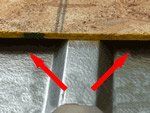
Attic Ventilation
When the radiant barrier is properly insulated and ventilated, the surface temperature will not have time to heat up the attic. The heat naturally moves upward through a vented ridge system, effectively moving up and out before it can reach the attic.
Ventilation is all about proper location. The location of the soffit vents makes a way for air to flow up and out of the roofing ridge vent instead of entering your attic. By adding extra soffit vents, and with the help of the ThermaDeck design, air is allowed to pass in and through a one-inch gap between the decking and the polystyrene foam backing. This increases the flow of hot air transferred from the sun’s radiant heat out of the roofing ridge vent.
Because heat naturally rises, with these holes in the proper place (within the one-inch area), the air that enters into the soffit vent will go straight through the holes to travel up and out of your roof (by convection) without actually having to come into the attic space. With traditional attic design, air was allowed to enter the attic. Although it certainly helped by moving air throughout your attic, something was just missing. We couldn’t accept the fact that the air had to enter the attic and put our focus on keeping the air outside where it belongs.
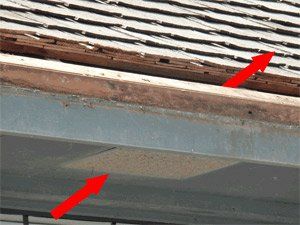






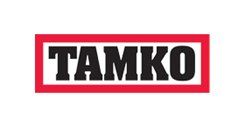
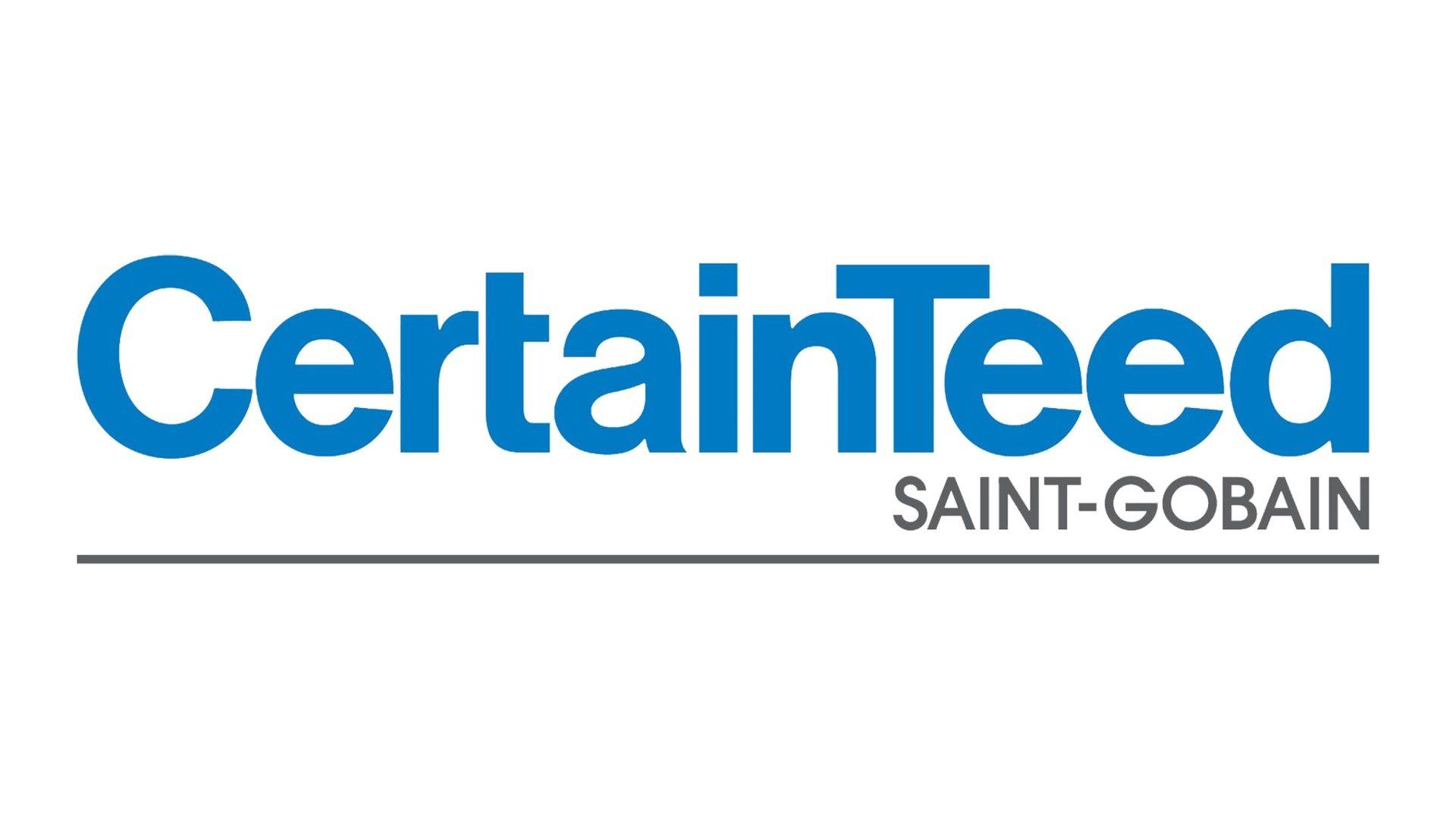


Share On: